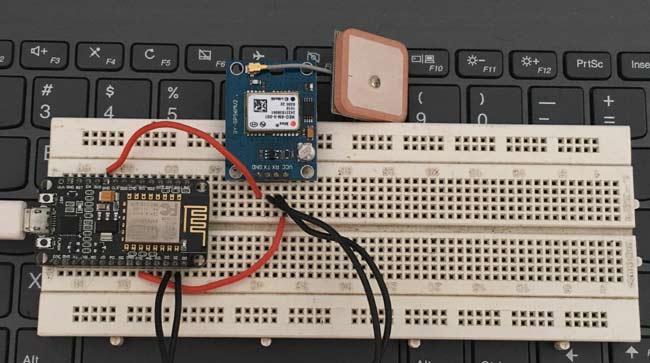

- #COOLTERM CANT SEE NODEMCU HOW TO#
- #COOLTERM CANT SEE NODEMCU INSTALL#
- #COOLTERM CANT SEE NODEMCU SERIAL#
I have soldered the pins on the BME680, good idea! Your help in solving this is so hugely appreciated.Ĭan I say at this point, thank you all so much for taking the time to help.
#COOLTERM CANT SEE NODEMCU HOW TO#
I have tried the addresses 0x77 and 0x76 as recommended in the documentation, as well as a few other addresses that the logs show found an i2c device at different times, but can not get any readings or successful communication with the BME680, and I just can’t figure out how to get this running.ĭoes anyone see anything I don’t that might be causing the problem? I always get this error: Communication with BME680 failed! (Message skipped because it was too big to fit in TCP buffer - This is only cosmetic) # Enable fallback hotspot (captive portal) in case wifi connection failsĪnd this is the result: : I2C Bus: I have uploaded the following code to the nodemcu: esphome: I have carefully connected a bme680 sensor, making sure to connect all the pins according the the info on the esphome website. Reader Kevin Hoyt pointed out in the comments that on OS X he used CoolTerm to solve the same issue.I am rather a noob in the world of home assistant and home automation, I’m going along and thoroughly enjoying learning, but I have encountered something that seems to be beyond my coding google-fu abilities and I just can’t find the solution, I’m hoping some kind person could help me crack this one.
#COOLTERM CANT SEE NODEMCU SERIAL#
Now you should be able to use a serial monitor with SparkFun ESP8266 Thing on Linux and you don’t have to debug your code with LEDs. After that you can see the output printed by ESP8266.

Toggle DTR with F7 or from the control signals menu. After having done some research I installed gtkterm and it can do the job pretty well. On SparkFun’s website they have pointed out that you can use RealTerm but unfortnunately this is for Windows only. To use a serial monitor with SparkFun ESP8266 Thing on Linux you need to find an alternative serial terminal which allows to control the DTR pin directly. We’ll be looking the latter one because it’s easier. The first one involves modifying the hardware and the second one is done only using software. So every time you open the Arduino serial monitor, it’ll cause the ESP8266 to enter bootloader mode, instead of run-program mode and you’re going to see a line of text which does not make any sense at all. Unfortunately, when you open a serial terminal, DTR usually goes low again. When your programmer begins to upload a sketch, it’ll pull DTR low, in turn setting GPIO0 low and making the ESP8266 enter bootloader mode. SparkFun has a better explanation on it on their website but in short to make it easy to program the ESP8266, they have tied GPIO0 to DTR (along with RST). Unfortunately using the serial monitor in the IDE is not going to work with the SparkFun Thing.
#COOLTERM CANT SEE NODEMCU INSTALL#
It is possible to use the Arduino IDE to program the ESP8266 chip provided that you install the required add-on. If you have experience programming Arduino boards, then most likely you have used the serial monitor that’s available in the Arduino IDE to debug your code. The SparkFun ESP8266 Thing is a breakout and a development board for for the ESP8266 chip that makes it easier to use and provides some additional features. It may be outdated.ĮSP8266 is a low-cost system on a chip with integrated TCP/IP stack and WIFI.

Notice! This post is more than a year old.


 0 kommentar(er)
0 kommentar(er)
